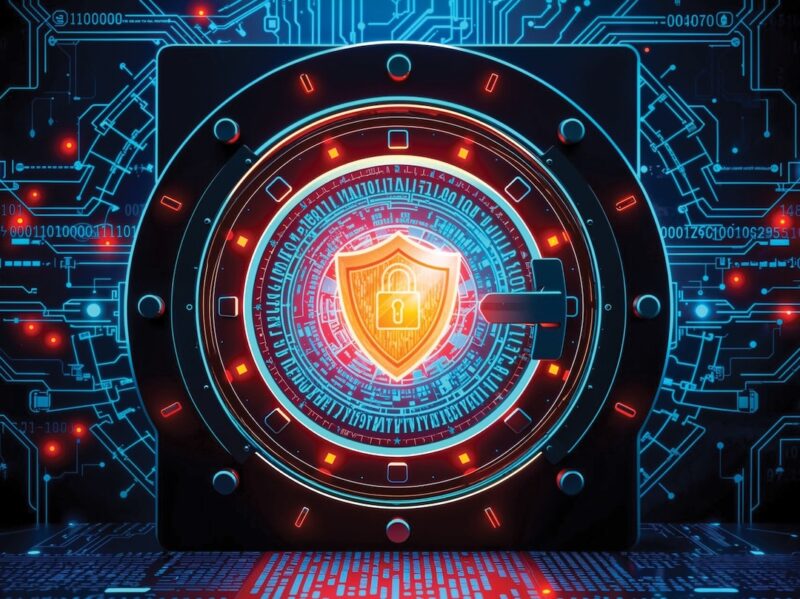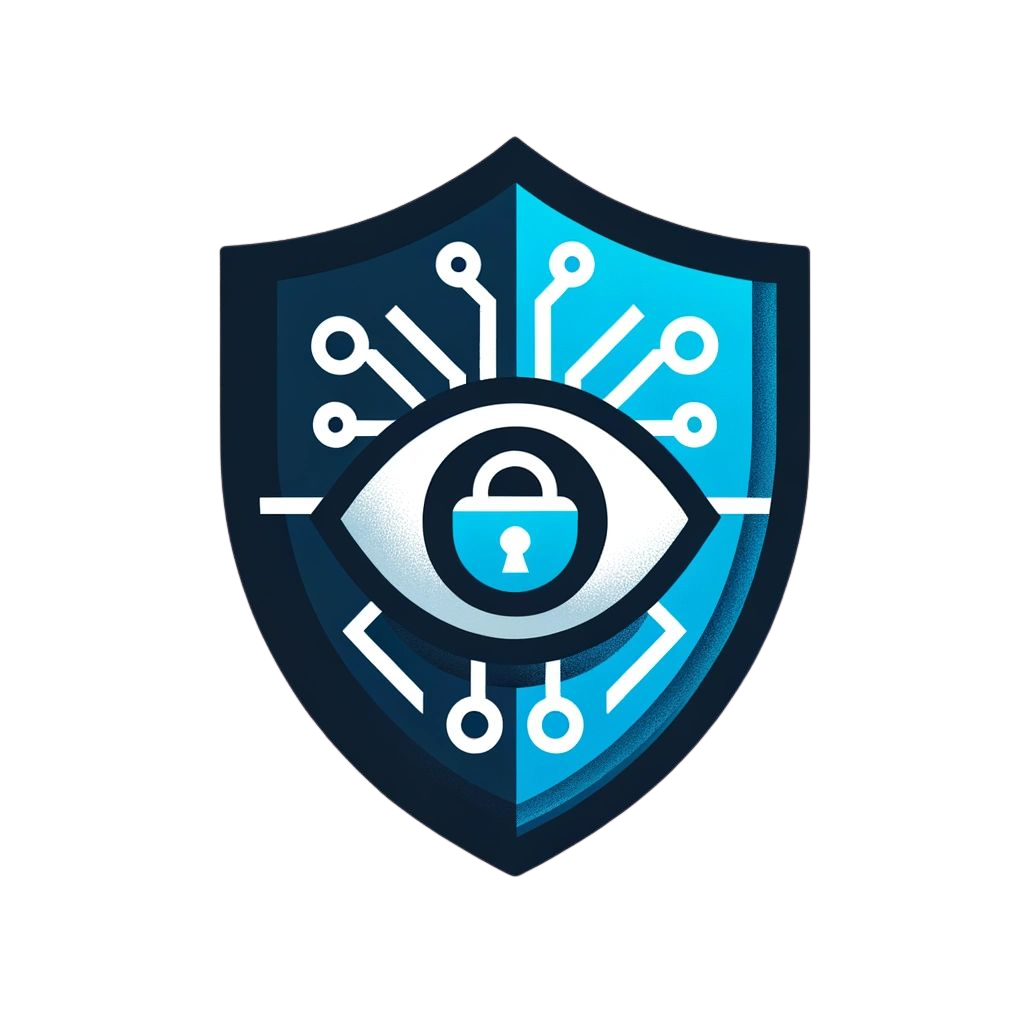

Via Satellite archive photo
Space systems are growing in importance, raising the stakes if infrastructure is disrupted. In response to growing cyber threats, the conversation surrounding cyber security and space is evolving rapidly, as regulations are developed to increase security baselines, such as IEEE P3349 Standard for Space System Cybersecurity. Many tools and regulations which could assist with responding quickly to cyber attacks already exist in safety protocols. Space is posed with many risks, including solar flares, geomagnetic storms and physical collisions with other orbiting objects, which can pose threats to the safety of infrastructure and missions. More conversations between security and safety teams would enrich security measures for space systems.
Since the early years of space exploration, failed space missions have highlighted the need for more rigorous safety measures. Some resulted in the tragic circumstances of astronauts losing their lives, including the Challenger disaster of 1986) and the Columbia disaster of 2003. The approach to safety has continuously evolving, and there have not been fatalities in space since 2003.
Other incidents resulted in damage and loss of infrastructure including Cosmos 954 in 1978, European Space Agency’s Olympus 1 failure in 1993, and the collision between Cosmos 2251 and Iridium 33 in 2009. Rigorous safety protocols help to keep space safe. For instance NASA’s JSC Safety & Health Requirements which includes a section called Hazard Prevention and Control and also Test Control.
However, in terms of cybersecurity, space systems remain insecure and open to attackers. Many vulnerabilities have been proven in space, and a big concern is responding to attacks and recovering quickly. Many researchers look to the Viasat attack as a successful large scale recovery mission following cyber attacks against the KA-SAT network which disrupted the Ukrainian military communications and satellite broadband for thousands. Viasat replaced 10,000 modem hardware components in the aftermath. The incident demonstrated the need for an immediate plan for responding to cyber attacks in space, which can be enhanced by drawing upon data and skills within safety communities.
Data surrounding mission failures could enhance research into cyber threats and consequences of these within space infrastructure. Data related to causes of failure could highlight potential cyber vulnerabilities too as causes of failure, such as loss of connection with an engine, could also be intentionally created through a cyber-physical attack.
In addition, safety protocols such as ISO 14620-1:2018 Space systems — Safety requirements are well-known within the space industry and state clear processes for risk management, organization of responsibility, and training. The standard also promotes international cooperation and standardization of safety measures, by providing definitions for key terms. Measures such as risk management and organizing responsibility following a disruption could indicate important measures to be adopted within cyber security policies by individual satellite operators, as well as within international standards organizations.
Safety and security teams operate in parallel, often working towards the same goal. A major concern for the security of space infrastructure and related systems is the skills needed to operate redundant systems when required in an emergency situation. Some fundamental skills are already in decline, for instance in April 2024, it was highlighted that in the U.K., the number of radio frequency (RF) engineers and designers is decreasing while the number of software engineers is increasing. This is recognized nationally in the U.K.
Some backups necessitate the use and understanding of dated technology and identifying individuals with these skills can be challenging. Some of this mapping may have been conducted within safety communities and sharing this type of data could assist in development of security protocols. Similarly, safety measures are employed with the assumption that the disruption was accidental. If this is not the case, exclusive use of safety measures may not be sufficient to solve a disruption to space services, especially if it is persistent due to intended disruption. Therefore sharing threat data with safety communities could also be beneficial.
Space systems are vulnerable to disruption and protecting space systems is a priority for both security and safety communities. In order to embrace the data available in both communities, professionals working towards safety and security of space systems could communicate more to share best practices, so that safety procedures can be integrated with cyber security strategies, and vice versa.
Jessie Hamill-Stewart, Cyber Security CDT (PHD) researcher, University of Bath



